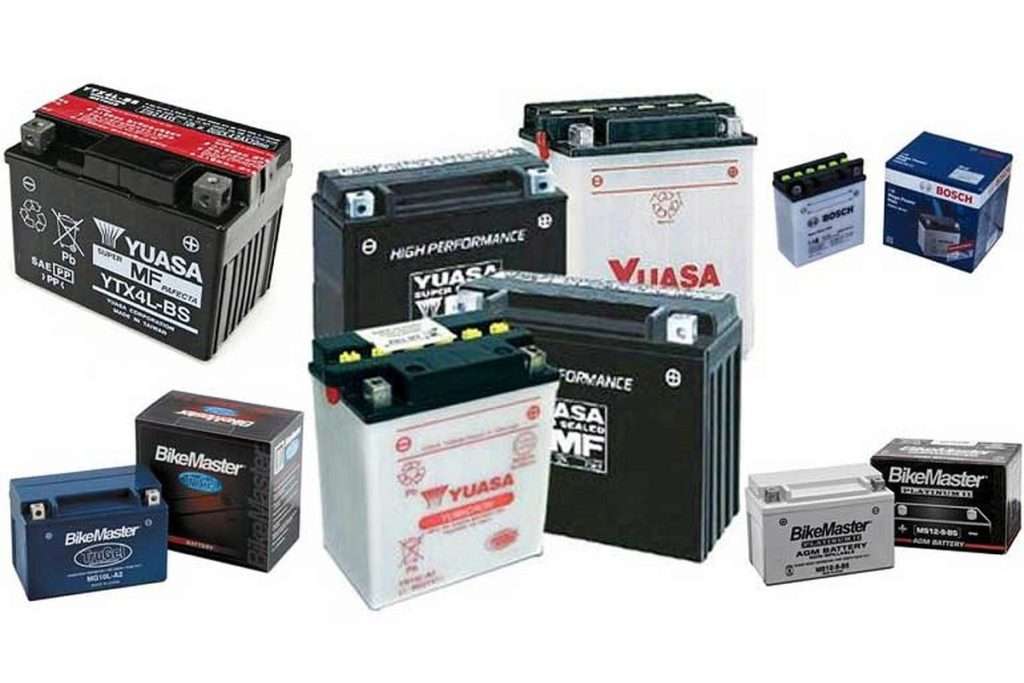Quantum technologies, for example, mechanical devices got by building and controlling quantum mechanical systems, are turning into reality lately. The most noticeable example is surely given by quantum computers, where the unit of data, the piece, is supplanted by its quantum mechanical partner, casually called the qubit.
In opposition to traditional computers, quantum computers vow to utilize the full quantum mechanical elements of qubits, to address and take care of computational issues which would be far off by utilizing old-style computers.
Zinc, Crab Shell Battery is Rechargeable and Biodegradable
As an example, the Canadian organization Xanadu as of late guaranteed that its quantum PC has had the option to tackle, in only 36 microseconds, a computational undertaking that would have required 9000 years utilizing cutting-edge supercomputers.
Quantum technologies need energy to work. This straightforward thought has driven researchers, over the most recent decade, to foster the possibility of quantum batteries, which are quantum mechanical systems utilized as energy stockpiling devices.
Quantum batteries have a counter-intuitive property in which the recharge time is inversely related to the battery capacity, that is the amount of stored electrical charge. This leads to the intriguing idea that the charging power of quantum batteries is super-extensive, meaning that it increases faster with battery size.
Tersilla Virgili of the Institute of Photonics and Nanotechnologies of the National Research Council
Quantum batteries are another class of energy stockpiling devices that work as indicated by the standards of quantum physical science, the science that concentrates on the boundlessly little where the laws of traditional physical science don’t necessarily in every case apply. Researchers have shown that it is feasible to produce a kind of quantum battery where the charging power increments quicker by expanding the battery limit.
It typically requires hours to charge them and is a significant hindrance to decarbonizing transport, which is among the greatest worldwide producers of ozone-harming substances. For the good of humankind, charging times should be sliced. However, with the basics of battery science equivalent to what they were 50 years prior, the possibility of an uncommon improvement looks thin.
Thin, yet entirely not feasible. Presently, quantum material science could ride to our salvage. By utilizing the odd way of behaving subatomic particles, a quantum battery could charge itself a lot quicker than any ordinary gadget. As a helpful reward, the greater a quantum battery, the better it performs. Albeit the idea is in its outset, a new trial show and a few hypothetical advances propose that a universe of continuous versatile power isn’t really unrealistic. At some point, drained batteries could spring back to life in a moment.
In spite of these hypothetical accomplishments, the exploratory acknowledgment of quantum batteries is still scant. The main late eminent counter-example utilized an assortment of two-level systems (basically the same as the qubits recently presented) for energy capacity purposes, with the energy being given by an electromagnetic field (a laser).
Given the ongoing circumstance, it is plainly of farthest significance to find new and more available quantum stages which can be utilized as quantum batteries. In view of this inspiration, researchers chose to return to a quantum mechanical framework that has been concentrated on vigorously previously: the micromaser.
Dead Simple Trick Can Bring Any Battery Back To Life
Micromaser is a framework where light emission is utilized to siphon photons into a hole. Put in straightforward terms, a micromaser can be considered a design specular to the exploratory model of quantum battery referenced over: the energy is put away in the electromagnetic field, which is charged by a surge of qubits consecutively collaborating with it.
This large number of results recommend that the micromaser could be viewed as a promising new stage that can be utilized to fabricate quantum batteries. The way that these systems have been now carried out in exploratory acknowledgment for a long time could give a serious lift in building new open models of quantum batteries.
To this end, the researchers further investigate these promising models. The expectation is that this new exploration can at long last benchmark and tentatively test the exhibitions of micromaser-based quantum battery devices.


